
The Lack of Sun – Seasonal Affective Disorder (SAD)
For those of us who don’t live in sunny, tropical places, one of the best things about living where we do is the change in season. While we may not be able to be outside year-round, there is something special about anticipating the change in weather and switching out your wardrobe. However, there are some downsides to seasonal changes, too. The further you live from the equator, the less bright light you experience in the wintertime. This can cause a condition known as seasonal affective disorder, or SAD. The symptoms of seasonal affective disorder are similar to those of many types of depression.
If you live in a more norther or southern region, you probably know what we are talking about, even if you didn’t know there was a name for it. SAD can bring feelings of misery, hopelessness, and despair. Fatigue and lethargy can make every activity an effort. Even taking care of families and homes may require too much effort to bother with.
SAD can also show physical symptoms such as joint pain or digestive problems, as well as a craving for carbohydrates, overeating, and weight gain. Overeating and weight gain can lead to even more of a poor self-image than before. It becomes a vicious cycle. First, sufferers experience a lack of energy. Then, they try to eat more to gain energy. Finally, they end up feeling badly because of the weight gain.
 Dealing with SAD
Dealing with SAD
For the person suffering from SAD, even large amounts of sleep may not be restful. People often report that they are sleeping much more than usual during the fall and winter. But, they still seem to have no energy.
Luckily, there are some things you can do to combat SAD. One way is to seek out phototherapy. In this treatment, the patient’s eyes get exposed to light about 10 times brighter than ordinary domestic lighting.
But, some experts believe exposure to artificial light actually BLOCKS the benefits of certain vitamins and minerals to your eyes. When full-spectrum light enters the eyes, it stimulates the brain and facilitates the absorption of specific nutrients. So what else can you do to help prevent and treat SAD?
Vitamin D for Seasonal Affective Disorder
Vitamin D has long been touted as the “sunshine vitamin.” This vitally important nutrient helps the body absorb calcium. Together, vitamin D and calcium maintain strong bones, nails, and teeth. It also supports your central nervous system. As you likely know, you can get ample vitamin D from the sun’s rays.
So, Mom was right after all – fresh air and sunshine ARE good for you. And, unless you’re one of the 10 million Americans suffering from SAD, it’s all you need. Sunlight has been shown to improve depression in several studies. Not only is it good for your physical health, but vitamin D intake is also good for your mental and emotional health. Clouds may block some of the warm sunshine in the colder months, but they don’t necessarily block the much-needed UV-B rays.
Lately, due to an increase in skin cancer, there has been an increase in public health warnings about going out in the sun without protection. However, doctors suggest at least 10 to 30 minutes of sunshine a day is needed for your body to produce vitamin D. If you really want to start your day off on the right foot, get outside as soon as you can when you wake up! This will help regulate your circadian rhythm and ensure you are getting your daily dose of vitamin D.
But, what about getting your sunshine quota during darker months? These times, when SAD is more likely to occur, you need new sources. That’s when dietary options and supplements come in. You can get vitamin D from egg yolks, cow’s milk, and fortified soy beverages. If incorporating these new foods in your diet isn’t possible, try a supplement. Find a safe and natural vitamin D supplement to ensure you get the daily required dose.
Malillumination
While getting outside is important, we also know that there are risks involved. UV rays can cause damage to both our skin and our eyes. However, this might not be the whole story. John Ott, a pioneer in the relatively new field of photobiology once said, “By deliberately screening out supposedly harmful traces of atmospheric ultraviolet with tinted windows, sunglasses, suntan lotions, and the like, we may just be making ourselves sick.” He termed this condition, “malillumination,” which he thought of as a sort of malnutrition.
While we won’t go as far as Ott does in telling you you shouldn’t wear sun protection (sunglasses are so important!), we do agree with him that sunlight is essential for mental and physical health. It has also been proven to help support healthy sleep. So, take the time and get outside for at least 10 minutes every day. This will help combat SAD and malillumination.
So, now is perhaps the time to push away from the computer. Step outside and get some visual nutrition. You’ll not only be making yourself feel better, but you’ll be helping your vision as well.
Sunshine and Eye Health
It’s well known that vitamin D helps the body absorb calcium. That’s why some milks are fortified with vitamin D, as these two nutrients work well together. But, do the eyes even need calcium? Yes, yes, and yes! It’s especially important for women over the age of 50 to get their vitamin D and calcium doses. At this age, women’s bodies often become deficient in calcium, which affects their bones. Calcium helps protect the eyes from wet macular degeneration. At one point, it was believed that calcium contributed to the risk of macular degeneration, but this isn’t true.
Not only do the eyes need vitamin D for calcium, but they need it for inflammation. Vitamin D has anti-inflammatory properties that can help prevent dry eye syndrome. And, it can help the eyes heal after wounds or injuries.
The Institute of Ophthalmology at University College London has been running tests on older mice. The results have been amazing! Using a supplement of vitamin D3 they have found that the mice have:
- Improved vision
- Reductions in inflammation and lower levels of amyloid bets accumulations (a sign of aging)
- Marked reduction in immune cells that can cause inflammation
We know that some of these results are also present in humans, especially the reductions in inflammation. So, get your daily dose of sunshine or start taking a vitamin D supplement. Not only will this benefit your eyes, but it’ll help you avoid SAD during the winter months.
Our Rebuild Your Vision Ocu-Plus Formula Contains All 17 Vitamins, Minerals, and Herbal Supplements to Improve Your Eye Health!




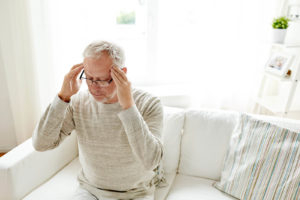
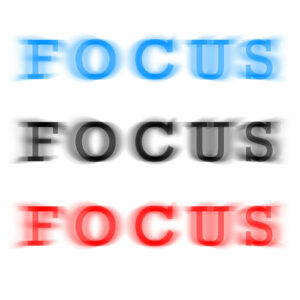
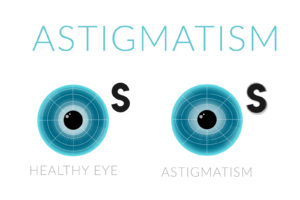
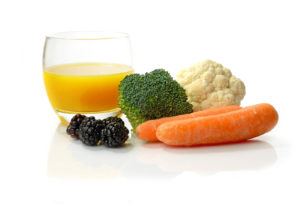
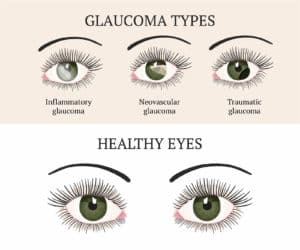
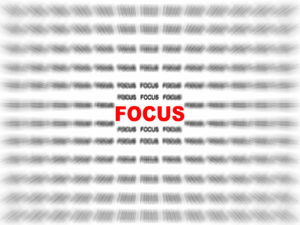

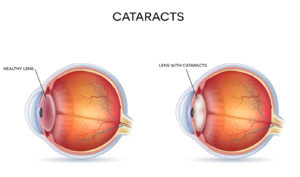
I did wonder about sunglasses which block UV and sun screen, it seems like we’re prohibiting what our bodies were designed to receive. Vitamin D is so important, and yet there’s people who wear sunblock and take vitamin D supplements instead! Never seemed right to me!
Interesting article 🙂
YOUR MESSAGES ARE A BLESSING FOR ME AND I HAVE CHRONIC
DRY EYES AND ALSO WET AND DRY MACULAR DEGENERATION
AND I GET FEAR AND WHEN I READ YOUR ARTICLES I FIND HOPE